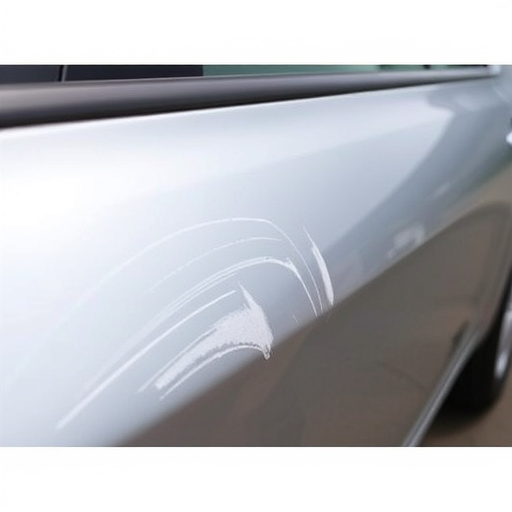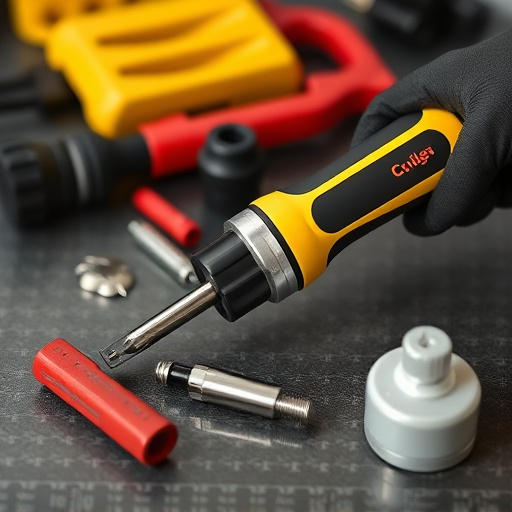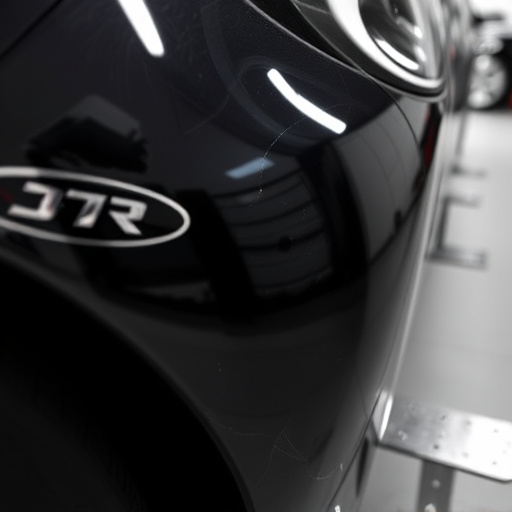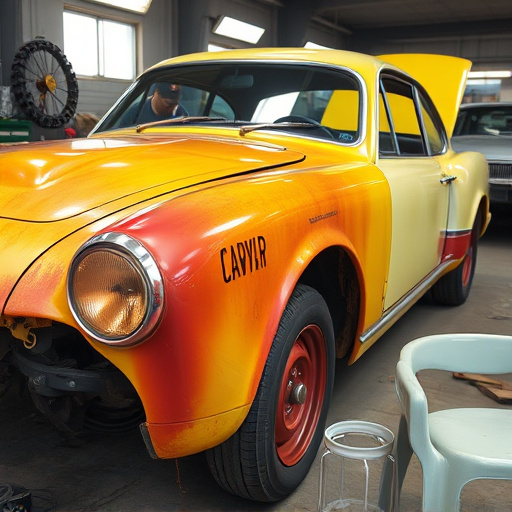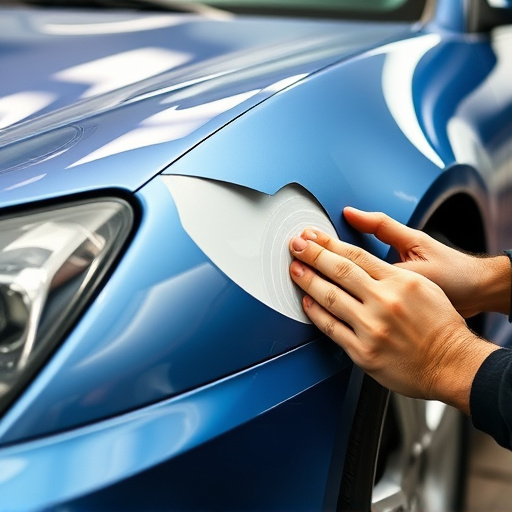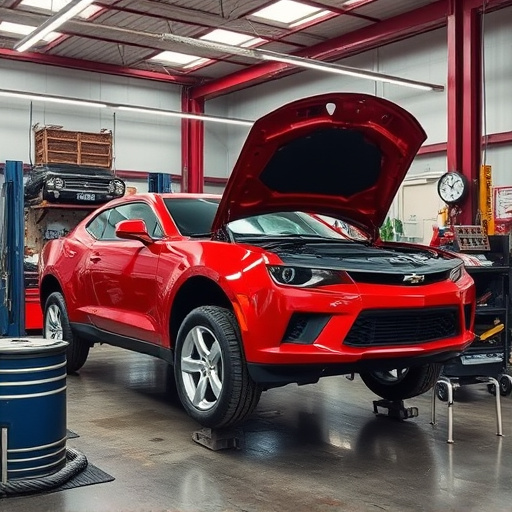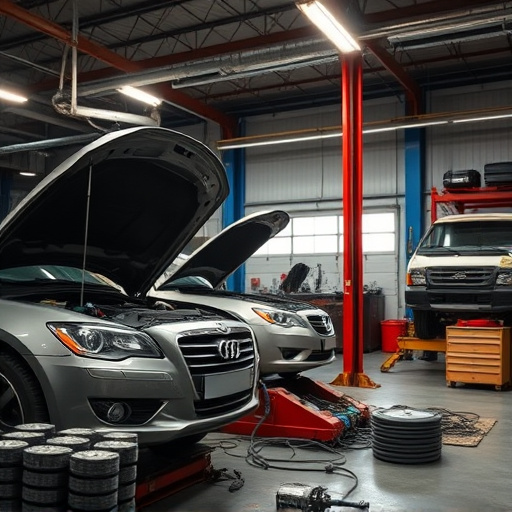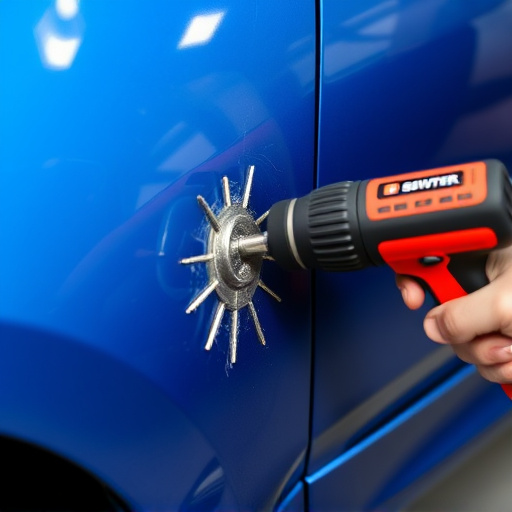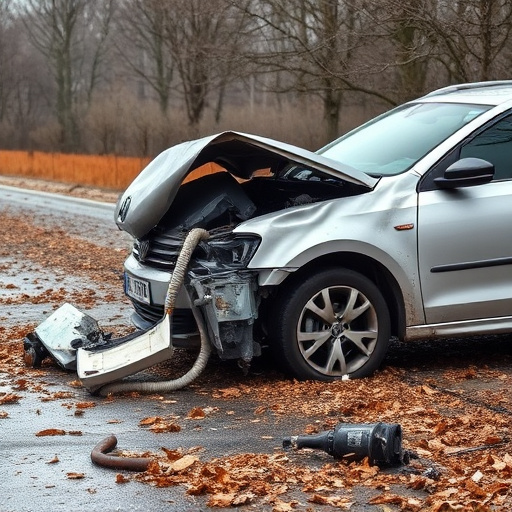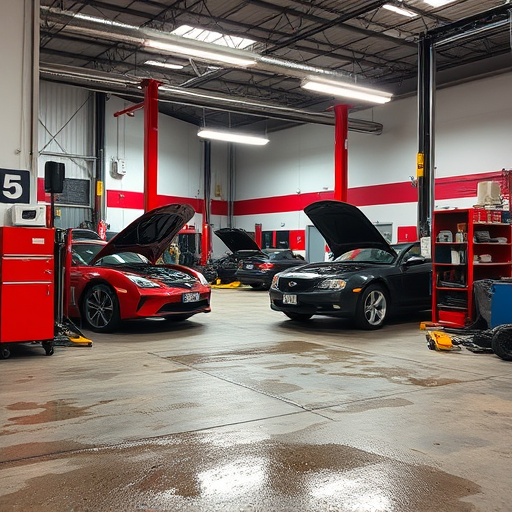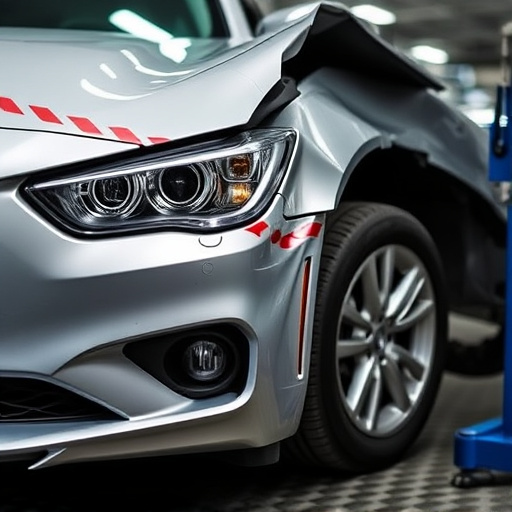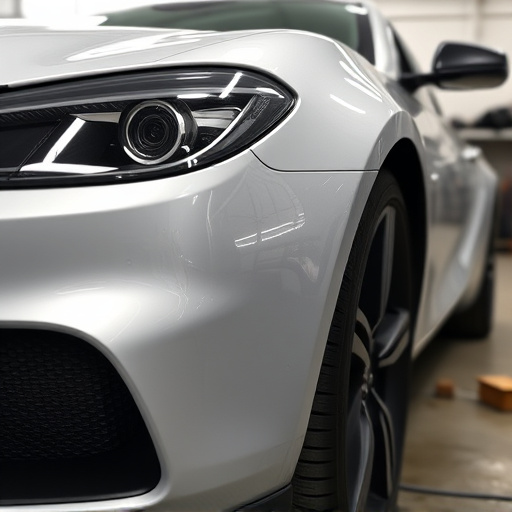Mercedes head-up display (HUD) calibration ensures accurate digital data projection onto the windshield, enhancing driver safety and experience. It involves adjusting parameters like position, angle, brightness, and color using specialized tools and software. This meticulous process requires a pristine windshield, precise sensors, and dedicated equipment to align virtual images with real-world driving conditions. Calibration guarantees optimal HUD functionality through accurate speed, steering angle, and headlight intensity measurements.
Uncover the secrets behind Mercedes head-up display calibration—a process that enhances your driving experience. This comprehensive guide delves into the intricacies, ensuring optimal performance. From understanding the calibration process to identifying the necessary tools, you’ll learn what it takes to fine-tune this advanced technology. We break down the steps involved, providing a detailed, easy-to-follow calibration guide. Optimize your Mercedes’ augmented reality interface and drive with enhanced confidence.
- Understanding Mercedes Head-Up Display Calibration Process
- Tools and Requirements for Accurate Calibration
- Optimizing Performance: Step-by-Step Calibration Guide
Understanding Mercedes Head-Up Display Calibration Process

Understanding Mercedes Head-Up Display Calibration Process
Mercedes head-up display (HUD) calibration is a specialized task that ensures the system provides accurate and reliable information to the driver. The process involves meticulously adjusting various parameters to align the digital images with the real-world environment, ensuring the driver receives precise data superimposed on their field of view. This includes calibrating the display’s position, angle, brightness, and color accuracy, among other factors.
Mercedes benz repair technicians employ advanced diagnostic tools and software to perform this calibration. They begin by inspecting the HUD components for any signs of damage or wear, which could affect performance. Following that, they adjust settings within the vehicle’s onboard computer, fine-tuning each parameter until the display accurately reflects critical driving data like speed, navigation directions, and warning signals without distortion or misalignment. This meticulous process guarantees not only optimal functionality but also enhances the overall driving experience.
Tools and Requirements for Accurate Calibration

Accurate calibration of a Mercedes head-up display requires specific tools and conditions to ensure optimal performance. Among the essential tools needed are specialized calibration equipment that aligns with the vehicle’s advanced technology, high-resolution cameras, and precise sensors. These tools enable technicians to measure and adjust various parameters, ensuring the virtual images projected onto the windshield align perfectly with the road ahead.
In addition to these tools, a clean and clear auto glass surface is crucial for successful calibration. This eliminates any potential distortion or interference from cracks, chips, or even minor dents in the windshield (similar to how a dent removal service prepares a panel for repainting). The environment should also be free from excessive moisture or dust, as these can affect measurements. Proper preparation ensures that when calibrating features like vehicle speed, steering angle, and headlight intensity, the results are accurate, providing drivers with a seamless and safe augmented driving experience.
Optimizing Performance: Step-by-Step Calibration Guide
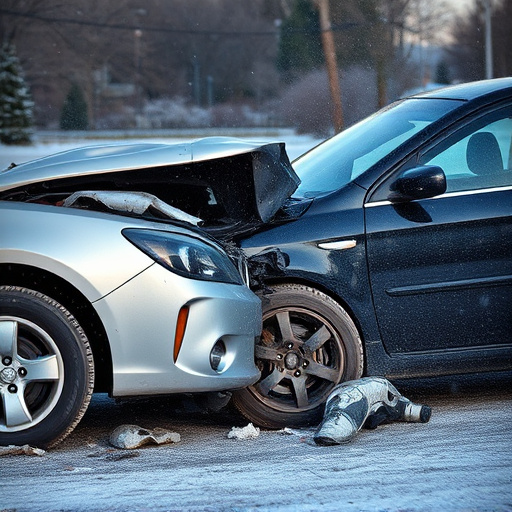
Optimizing Performance through Mercedes Head-Up Display Calibration
The process of calibrating a Mercedes head-up display is designed to ensure maximum performance and driver safety. It involves fine-tuning the system to accurately reflect vehicle data, such as speed and navigation instructions, directly in the driver’s line of sight. This step-by-step guide outlines the typical calibration process for a Mercedes head-up display. First, you’ll need to power off the vehicle and disconnect any external devices or accessories that might interfere with the calibration process. Then, access the vehicle’s diagnostics system through the OBD-II port, which will allow you to initiate the calibration routine.
During calibration, you’ll be prompted to drive at specific speeds and follow navigation instructions on the display. These steps ensure the system adjusts its settings for optimal projection and visibility. In a vehicle body shop or during mercedes benz repair, professional technicians use specialized equipment to perform this calibration, guaranteeing precise results. Once complete, test the head-up display’s functionality in different driving conditions to confirm accurate readings and enhanced driver experience.
Mercedes head-up display calibration is a precise process that, when completed correctly, enhances driver experience and safety. By understanding the necessary tools, requirements, and steps involved, you can optimize your vehicle’s performance. With this guide, you’re now equipped to navigate through the calibration process, ensuring your Mercedes’ head-up display functions flawlessly.

